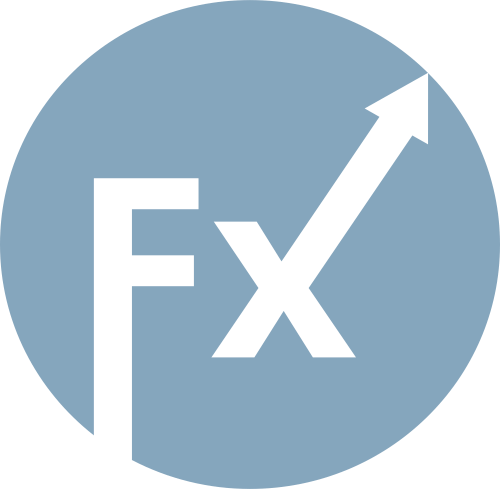
Central banks are increasingly increasing their gold reserves through purchases from local mines. This approach supports the national industry, reduces costs and relieves pressure on foreign exchange reserves when calculating in national currencies. According to the World Gold Council, of the 36 central banks surveyed, 19 are already purchasing gold from local small producers, and four more are considering this possibility. Last year, only 14 out of 57 banks practiced this approach. This method is most widespread in Africa and Latin America, where rising global prices have stimulated the development of small-scale mines. For example, the central banks of Ghana, Tanzania, Zambia, Colombia, Mongolia and the Philippines are actively purchasing gold from domestic production. This way is often cheaper due to discounts from the world price. Traditionally, banks purchase gold on global markets by paying for transactions in dollars or euros, but purchases from local mines can save on fees and transportation. Against the background of record prices, which now exceed $3,328 per ounce (an increase of 27% since the beginning of the year), this approach is becoming more profitable.

QUICK LINKS